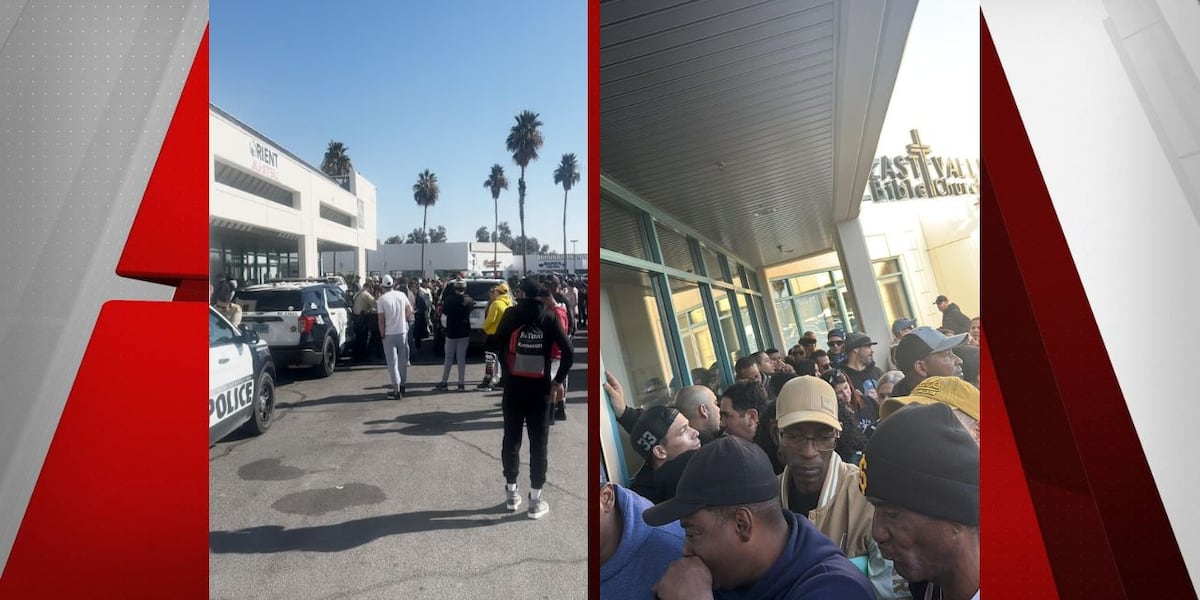LAS VEGAS, Nev. (FOX5) – Nevada approved a regulation where businesses have to file reports for workplace hazards that could lead to heat illness.
The heat illness regulation was adopted by the Division of Industrial Relations. It was filed with the Nevada Secretary of State and it is now in effect.
According to Nevada’s Occupational Health and Safety Administration, a Nevada-specific regulation has been a priority because of the state’s increasingly hot climate.
OSHA says complaints in Nevada grew exponentially since 2021.
“During calendar year 2021, 344 complaints were filed, compared to 467 complaints filed through September 2024,” officials said in a release.
According to Division of Industrial Relations Administrator Victoria Carreon, “Approval of this regulation is a critical step to reduce the health risks of heat exposure for Nevada workers in indoor and outdoor settings. This regulation is the culmination of four years of discussion and engagement with various stakeholders to develop a framework that works for Nevada’s workers and employers.”
Regulation R131-24AP requires businesses with more than 10 employees to implement the following measures:
- Job Hazard Analysis: Businesses with more than 10 employees are required to perform a one-time job hazard analysis of working conditions that could cause heat illness.
- This analysis is limited to job classifications where a majority of employees have occupational exposure to heat illness for more than 30 minutes of any 60-minute period, excluding breaks.
- Written Safety Program: If the job hazard analysis identifies conditions that may cause heat illness, a written plan is required that includes the following:
- Provision of potable water;
- Provision of a rest break when an employee exhibits signs or symptoms of heat illness;
- Provision for means of cooling for employees;
- Monitoring by a person designated by the employer of working conditions that could create occupational exposure to heat illness;
- Identification and mitigation of work processes that may generate additional heat or humidity;
- Training of employees; and
- Procedures for responding to an emergency.
- Emergency Procedures: Employers are required to designate an individual who will contact emergency services if an employee is experiencing signs of heat illness.
- Training: Employers are required to provide training to employees identified in the job hazard analysis on the following topics:
- How to recognize the hazards of heat illness; and
- Procedures to be followed to minimize the hazards of heat illness.
- Exemption for Climate-Controlled Environments:
- The requirements of the regulation do not apply to employees who work indoors in climate-controlled environments, including motor vehicles with a properly functioning climate control system.
- If the climate control system becomes non-functional or ineffective, the employer shall make a good faith effort to reestablish an effective climate control system as soon as practicable.
- Until the climate control system is rendered effective, the employer must implement the potential hazards that could cause heat illness.
- Collective Bargaining Agreements:
- Employers can exceed the requirements of the regulation on their own or through collective bargaining agreements.
- Collective bargaining agreements cannot waive or reduce the requirements of the regulation; and
- The regulation does not relieve an employer of contractual obligations under a collective bargaining agreement.
Enforcement of the regulation will begin 90 days from the publication of the guidance.
For more information, visit https://4safenv.state.nv.us.
Copyright 2024 KVVU. All rights reserved.





